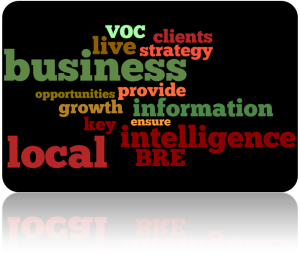 I know, I know – Government customer service is an oxymoron – I’ve heard the joke often, but I’ve worked with too many local government organizations to believe it’s true. The reasons it’s difficult to deliver great customer service typically fall into 3 buckets:
I know, I know – Government customer service is an oxymoron – I’ve heard the joke often, but I’ve worked with too many local government organizations to believe it’s true. The reasons it’s difficult to deliver great customer service typically fall into 3 buckets:
- The easiest way to change a culture is to change the people, and it’s often very difficult to change staff in local government
- A key to creating a particular desired culture is to have rewards and recognition (i.e., incentives) for staff who exhibit the needed behaviors and attitudes; many governments have policies and budgets that greatly limit such rewards
- Many local government agencies are enforcing code, ordinances, laws, and regulations. It’s hard for the customer to feel great in situations when you’re telling them “no.”
I’m sharing these obstacles to great local government customer service because they’re a reality…but they’re also an excuse.
The Orillia City Government has been working on its continuous improvement strategy, focusing largely on customer service. According to the article City expanding customer-service focus, the City approved a customer service strategy in May that included the following components:
- Continuous monitoring of customer satisfaction and feedback;
- Exploring ways to expand access to services online;
- Exploring opportunities to offer expanded payment options;
- Establishing a dedicated customer-service team, comprised of staff from each city department, to monitor and receive feedback on the city’s customer-service practices;
- Reviewing options to provide general reception on the first floor of the Orillia City Centre;
- The implementation of corporate-wide customer-service standards to ensure consistent levels of service in all departments and locations;
- Expansion of the city’s website to offer more information regarding the appropriate staff contact for all areas of the corporation; and
- Regular customer-service training for staff.
Review your organization’s customer service strategy. Does it include research, broader service delivery vehicles, dedicated customer service resources, facility navigation, standards development, and training?
Review your strategy if you want to move it forward in a more comprehensive way. Learn from Orillia’s strategic orientation toward customer service.
Did you like this post? Here are other Government-related posts:























